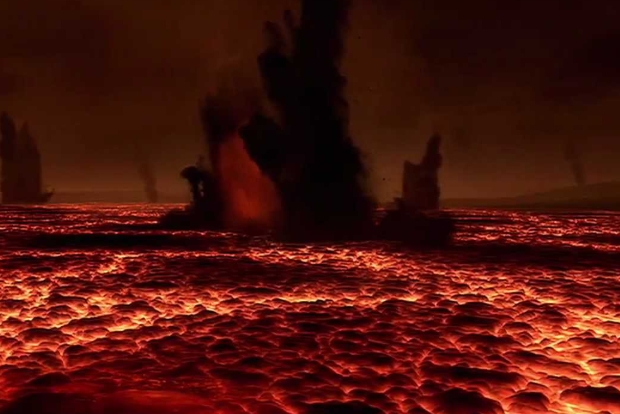Volcanoes are one of the most awe-inspiring natural wonders in our solar system. They erupt with molten rock, ash, and gases, creating fiery displays of power and beauty. But which planet in our solar system boasts the most volcanoes?
Exploring the fiery depths of Venus
Venus, the second planet from the sun, is known for its sweltering heat and thick, toxic atmosphere. It is also home to a vast number of volcanoes. In fact, Venus has more volcanoes than any other planet in our solar system, with over 1,600 identified so far.
The volcanoes on Venus are mostly shield volcanoes, which are broad, low-lying structures formed by the slow flow of lava. Some of these volcanoes are massive, reaching heights of up to 8 miles (13 kilometers). They are thought to be the result of tectonic activity rather than the movement of tectonic plates, as on Earth.
Venturing into the volcanic landscapes of Mars
Mars, the fourth planet from the sun, is known for its dusty, red terrain and towering volcanoes. While Mars has fewer volcanoes than Venus, they are more dramatic in scale. The largest volcano in the solar system, Olympus Mons, can be found on Mars. It is a shield volcano that rises a staggering 13.6 miles (22 kilometers) above the surrounding plains, making it nearly three times taller than Mount Everest.
Mars is also home to a network of volcanic regions known as the Tharsis Montes, which includes several large shield volcanoes. These volcanoes are believed to have been formed by upwelling magma from deep within the planet’s mantle.
Exploring the icy volcanoes of Enceladus
Enceladus, a moon of Saturn, may not be a planet, but it is home to some of the most intriguing volcanic activity in our solar system. Enceladus is covered in a thick layer of ice, but beneath its frozen surface lies a subsurface ocean that is heated by tidal forces from Saturn’s gravitational pull.
This heat causes water to erupt from cracks in the icy crust, creating towering geysers of ice particles and water vapor. These geysers are a sign of ongoing volcanic activity on Enceladus, making it one of the few places in our solar system where active volcanoes can be observed.
In conclusion, while Venus boasts the most volcanoes in our solar system, each planet and moon offers its own unique volcanic landscapes and mysteries waiting to be explored. Whether it’s the towering shield volcanoes of Mars, the icy geysers of Enceladus, or the sweltering heat of Venus, the fiery depths of our solar system are a wonder to behold.

